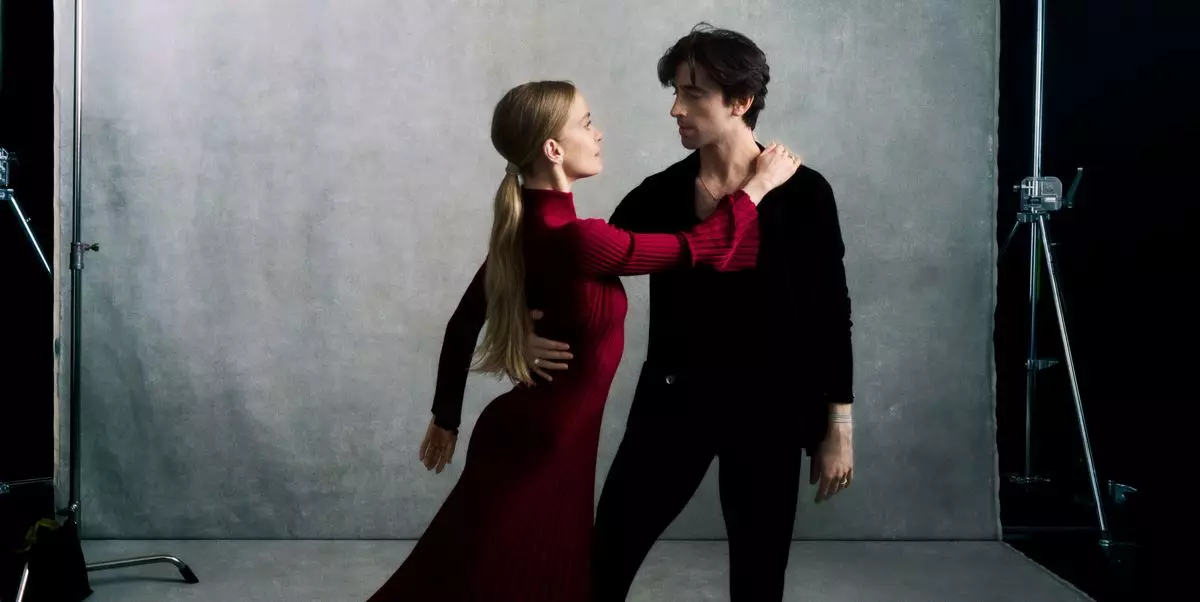When Gabriela Hearst was approached to design the costumes for the San Francisco Ballet’s production of Carmen, she knew she was embarking on a project that would challenge traditional narratives. Choreographed by Arielle Smith and curated by artistic director Tamara Rojo, this rendition of Carmen would break away from the tragic figure archetype and explore a new perspective. The ballet would be part of Dos Mujeres, the company’s first program dedicated to Latin American stories, marking a significant step towards diversity and inclusion in the ballet world.
Smith, who wanted the costumes to authentically reflect the characters and their environment, worked closely with Hearst to bring her vision to life. Hearst, drawing from her Uruguayan heritage, chose a color palette of red, black, yellow, and white – earthy tones that felt distinctly Latin American to her. The collaboration between the three women, each bringing their unique cultural backgrounds to the table, resulted in a visually stunning and thematically rich production.
With most of the choreography already in place by the time Hearst joined the project, she focused on designing costumes that would complement the dancers’ movements. Emphasizing simplicity and boldness, Hearst created striking yet functional costumes that allowed the dancers the freedom to perform with agility and grace. The incorporation of merino wool, a sustainable and eco-friendly material, was a testament to Hearst’s commitment to responsible fashion practices.
In a departure from traditional ballet costumes, Hearst’s choice of merino wool not only added an element of novelty but also highlighted the versatility and performance capabilities of the material. Contrary to common misconceptions about wool, Hearst showcased its high-performance attributes, demonstrating that it could withstand the rigorous physical demands of ballet while remaining lightweight and breathable. The dancers, accustomed to more traditional costume fabrics, quickly adapted to the merino wool pieces and found them conducive to their movements.
Despite being a newcomer to designing for dance, Hearst’s experience in meticulously crafting collections for the fashion world prepared her for the challenge of creating costumes for a ballet production. Accustomed to dedicating months of work to a mere few minutes on the runway, Hearst approached the Carmen project with the same level of dedication and attention to detail. The result was a collection of costumes that seamlessly integrated with the choreography, enhancing the visual and narrative elements of the performance.
Smith and Rojo’s collaborative and open approach allowed Hearst the creative freedom to innovate while staying true to the essence of the production. By focusing on sustainability, movement, and authenticity, Hearst successfully reimagined Carmen through a contemporary lens, setting a new standard for costume design in the ballet world. Her ability to blend tradition with innovation, cultural heritage with sustainability, and beauty with functionality, showcases her talent as a designer and storyteller. The Carmen production, with Hearst’s costumes as a visual anchor, stands as a testament to the power of collaboration and creativity in redefining classical narratives for modern audiences.

